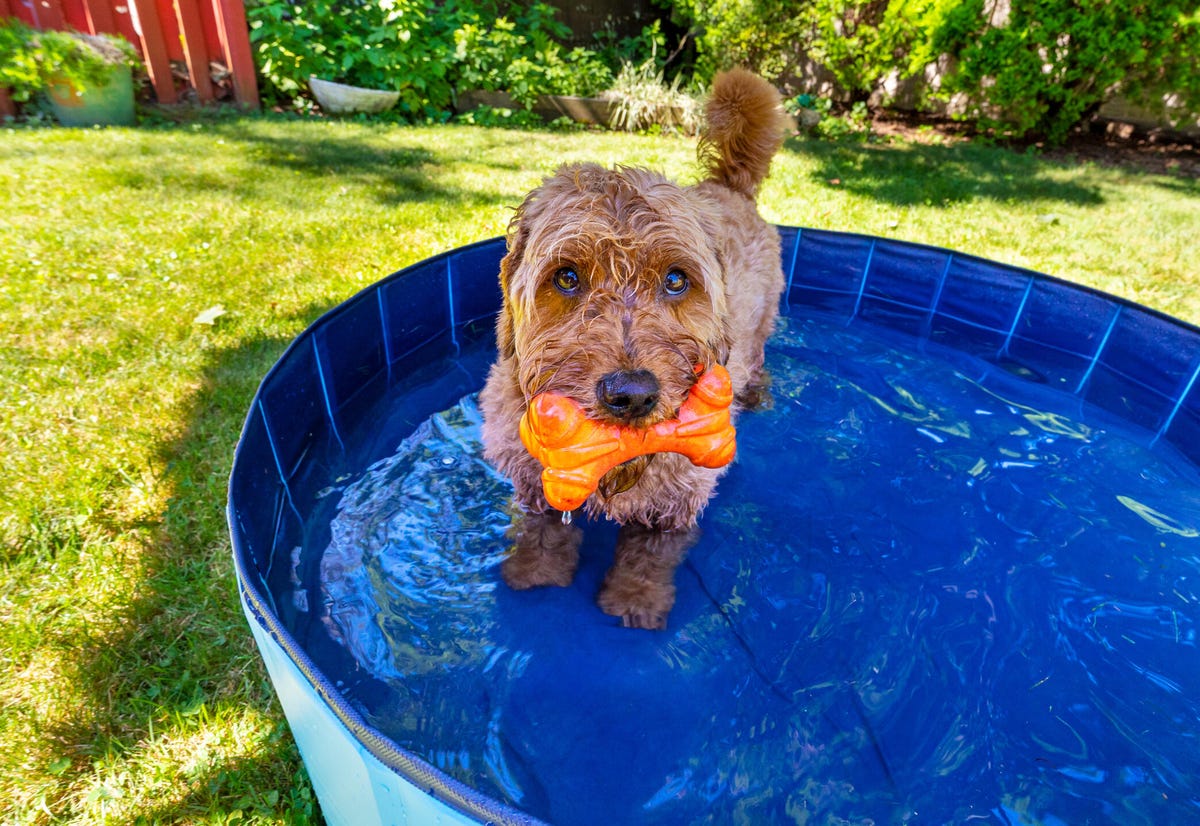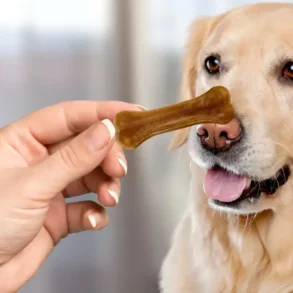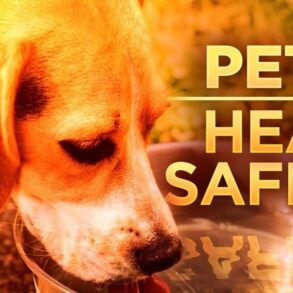The warmer days have arrived, and with it, scorching temperatures. It’s not just us humans who need to take precautions to stay safe and cool during the summer; our pets also need a little TLC to keep the dangers of high temperatures at bay.
Believe it or not, our furry friends can also experience heat-related illnesses, including heat strokes and dehydration, as well as paw pad burns. As pet parents, there are steps we can take to protect them from potential heat hazards to ensure they have a happy and healthy summer.
Pet heat-related illnesses
Rising temperatures can pose significant risks to our pets. Understanding common heat-related illnesses’ signs and symptoms is crucial to prevent complications.
Heat stroke in pets
It’s important to note that animals can’t cool down by sweating like we (humans) do. Although they do have their own ways of cooling themselves, like panting, it can be harder for them to regulate their body temperature in high heat. A heat stroke occurs when our pet’s body temperature rises to a dangerous level, and they can’t cool down. This can cause organ damage or even be life-threatening.
Heat stroke in pet symptoms:
- Drooling
- Excessive panting
- Red gums
- Increased heart rate
- Vomiting
- Weakness
- Seizures (in severe cases)
What to do if your pet has a heat stroke:
- Take your pet to a cool, shaded area
- Give them cold water to drink
- Help them cool down with a fan or put a cool, wet towel over them
- Call your vet to advise on the next steps


Paw pad burns
Hot sidewalks, pavement and sand, can cause burns on your pet’s paw pads. If you want to check if the ground is too hot for your pet, you can follow the seven-second rule by pressing your hand against the pavement or asphalt for seven seconds. If it’s too hot for you, it’s too hot for your pet.
According to Dr. Sara Ochoa, a veterinarian in Whitehouse, Texas, “Asphalt can become significantly hotter than the surrounding air temperature. On a sunny day, asphalt can reach temperatures up to 104 to 140 degrees Fahrenheit.” She recommends avoiding walking on asphalt when the ambient temperature is above 86 degrees Fahrenheit.
If you must take your pet outside when it’s hot, walking in grassy areas or using protective booties is best.
Paw pad burn symptoms:
- Blisters on their paws
- Missing skin on their paw pads
- Redness
- Limping
- Refusing to walk
- Discolored pads
- Excessive licking of paws
How to treat your pet’s paw pad burn:
- Disinfect your pet’s paw pads with water and antibacterial soap
- Soak paws in clean, cool water
- Bandage your pet’s paws to prevent licking and infections
- Call your vet to assess the seriousness of the burns
Dehydration in pets
Like us, pets can become dehydrated in hot weather if they don’t drink enough water while engaging in activities. Dehydration occurs when your pet loses more water and electrolytes than it takes in. Drinking plenty of water ensures your pet can cool down when their body temperature rises. If you plan to take your pet out for the day, bring an extra water bottle and a drinking bowl. If you plan to leave your pet at home while you’re out, be sure they have enough water until you return.
Dehydration symptoms in pets:
- Difficulty breathing
- Muscle tremors
- Excessive panting
- Lethargy
- Vomiting or diarrhea
- Dry nose
- Sunken eyes (in severe dehydration)
- Collapse or shock (in severe dehydration)




What to do if your pet is dehydrated
- If your pet presents symptoms of severe dehydration, call your vet immediately.
- Offer small amounts of water with ice. Drinking too much water can cause them to vomit, worsening dehydration.
Tips to keep your pet safe in the heat
Keeping our furry friends safe during the warmer months is crucial for their health. Here are a few expert tips for pet owners to keep their pets cool and comfortable all summer.
Never leave your pet alone inside a parked car
Not only is leaving your pet alone in your car illegal in some states but doing so can result in permanent organ damage or even death. I know what you’re thinking, “I’ll just leave the air conditioning on.” Not so fast. It’s not just the heat from outside that can affect your pet. Your pet’s body temperature can also rise due to stress, and excessive panting can worsen rising body temperatures.
Always supervise your pet when around large bodies of water




Even if your pet is a good swimmer, use a life vest for pets when on a boat, paddle-boarding and kayaking. If you plan on taking your pet to the pool, bring fresh water for them and be sure they don’t drink the pool water.
Provide shade and water when outside
When engaging in outdoor activities with your pet, be sure to research if there are any trees in the surrounding area to provide plenty of airflow and shade for your pet to cool down. A dog house is not ideal since the air doesn’t flow properly inside and it can make the heat feel worse for them.
Use sunscreen for pets
Moisturizer that protects your pet’s skin and coat from harmful UV rays. Recommended for pets with thin, white or light-colored hair
According to Dr. Ochoa, just like humans, animals can also get sunburned; “especially those with light-colored or thin fur.” To prevent sunburns on your pet, you can apply pet-friendly sunscreen to the areas that are most exposed to the sun, like the nose and ears. You can also use protective paw creams that act as barriers between your pet’s paws and the pavement.
Limit exercise and physical activities on hot days
It’s best to look at the weather report during the hot months to keep your pet safe when exercising them. If it will be particularly hot, it’s best to take them out during the early morning or late afternoon when it’s cooler. If you must take your dog outside during the day, try to walk them on grass and give them lots of fresh, cool water.
Portable water dispenser for pets. It’s leak-proof and easy to use, making it great for outdoor activities.
Be mindful of the humidity
As if the heat weren’t enough to wreak havoc on your pet’s health, the humidity can worsen it. Your pet’s panting is their way of removing excess moisture from their lungs to cool down. When there’s high humidity, it makes it harder for them to cool down as fast. If it’s hot and humid, give them frozen treats or cold water, or even take a portable fan with you to keep them from overheating.




Don’t shave your pet
It may seem counterintuitive to not shave your pet’s fur coat during the summer, but its fur plays an important role in keeping the pet cool. The undercoat layer of your pet’s hair helps regulate their body temperature during the heat. Cutting or shaving your pet’s hair can impede their ability to cool down when needed.
This post was originally published on this site be sure to check out more of their content.










































